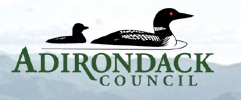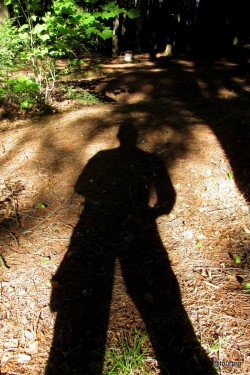 Sportsman Education Instructors had a successful year teaching more than 125 classes in the eight counties administered by New York State Department of Environmental Conservation (DEC) Region 5, Regional Director Robert Stegemann announced today.
Sportsman Education Instructors had a successful year teaching more than 125 classes in the eight counties administered by New York State Department of Environmental Conservation (DEC) Region 5, Regional Director Robert Stegemann announced today.
In response to an overwhelming demand for classes, the 263 volunteer instructors in DEC Region 5 held classes from spring through mid-October, providing training to more than 6,000 enrollees.
“Governor Cuomo recognizes that hunting and trapping are valuable recreational activities, wildlife management tools and important parts of the cultural heritage of New Yorkers,” said Director Stegemann. “These activities provide an important opportunity for many New Yorkers to connect with nature. DEC appreciates the efforts of all the instructors, apprentices, volunteers, sportsman organizations and schools that together helped thousands of young people.”
All first-time hunters, bow hunters and trappers must pass one or more sportsman education courses before they can obtain a hunting or trapping license in New York State. Sportsman Education Courses develop skills and attitudes which help students to be better hunters. They also learn to respect people, wildlife, and nature; respect public and private property; practice safe and ethical behavior; appreciate man as a part of nature; support conservation efforts and be examples of responsible hunting and trapping.
Instructors provided a total of eight weeks of hunter education classes and two weeks of bow hunter education classes at two DEC Environmental Education Camps: Colby and Pack Forest. In addition, instruction was provided at the Becoming an Outdoors Woman Program fall workshop held in Lake George.
Many area sportsman clubs hosts hunter education programs at their facilities free of charge and their members serve as instructors, apprentices and volunteers. They teach and demonstrate how to understand and appreciate the responsibilities of ethical hunting and trapping.
A number of area school districts allowed hunter education programs in their schools and some created after school programs based around the courses. DEC and hunter education instructors continue to seek out and work with additional schools that can host the classes or make them part of a school program.
DEC Environmental Conservation Officers (ECOs) participate in the majority of the classes, teaching the rules and regulations for hunting and trapping. Some of the officers teach entire classes when their schedules allow.
ECOs also provided a trapper education class for DEC staff from more than eight program that work with trappers in some aspect. DEC staff greatly benefited from this training and gained a better understanding of the sport, its laws and regulations and its importance to the ecology and economy of New York State.
Instructors in DEC Region 5 also assisted in recruiting and training new instructors. In 2012, 14 people became certified instructors, 32 apprentices continued to work towards their certification and 22 people applied to become instructors.
Another improvement to the program has been the increase in home study classes. The home study classes in both gun and bow hunting were designed to better reach military personnel on leave and students active in after-school programs. The classes allow students to complete part of the class online or in a workbook prior to receiving ‘hands on’ instruction in skills, equipment, responsibilities and ethics. This allows instructors to educate students in less time, while still ensuring the proper instruction of students.
DEC continues to seek more volunteer sportsman education instructors. Instructors must at be at least 18 years old, with a minimum of three years of experience in an outdoor-related field, be of good character, respected in their community, and communicate well with young people. Volunteers must commit to complete the training and apprenticeship, teach at least one class a year, and attend a refresher course every two years. Applications may be found on the DEC web site at: www.dec.ny.gov/docs/wildlife_pdf/sepia11.pdf
More information on the DEC Sportsman Education Program may be found at: http://www.dec.ny.gov/outdoor/7860.html
If you are interested in signing up for a free sportsman education course, a list of the classes can be found at: http://www.dec.ny.gov/outdoor/9191.html
Sportsman Education Facts
Hunter Education: Required before a person can obtain any hunting license (including hunting with a bow and arrow for small game). The course covers basic firearms handling and outdoor skills plus hunting techniques. The minimum course time is 10 hours. The minimum age for the course is 11 years. The minimum age for a hunting license is 12 years. All students under 16 years of age are required to bring a permission slip signed by a parent or legal guardian.
Bowhunter Education: Required to hunt deer and bear with a bow and arrow. The course teaches the things that make bow hunting a special challenge and helps to make a more successful hunter. The minimum course time is 8 hours and the minimum age for the course is 11 years. However, the minimum age for hunting big game with bow and arrow is 14 years.
Trapper Education: Required for all new trappers. Covers how to trap responsibly and catch target species, while avoiding unwanted species. Teaches students how to set traps, identify animals and habitats, and how to treat pelts to produce marketable furs. The minimum course time is 8 hours and there is no minimum age limit.
Waterfowl Education: This is a voluntary course that may be required for some special hunting areas. The course teaches the identification of ducks, geese, and other water birds on the wing. The minimum course time is 3 hours and there is no minimum age.






